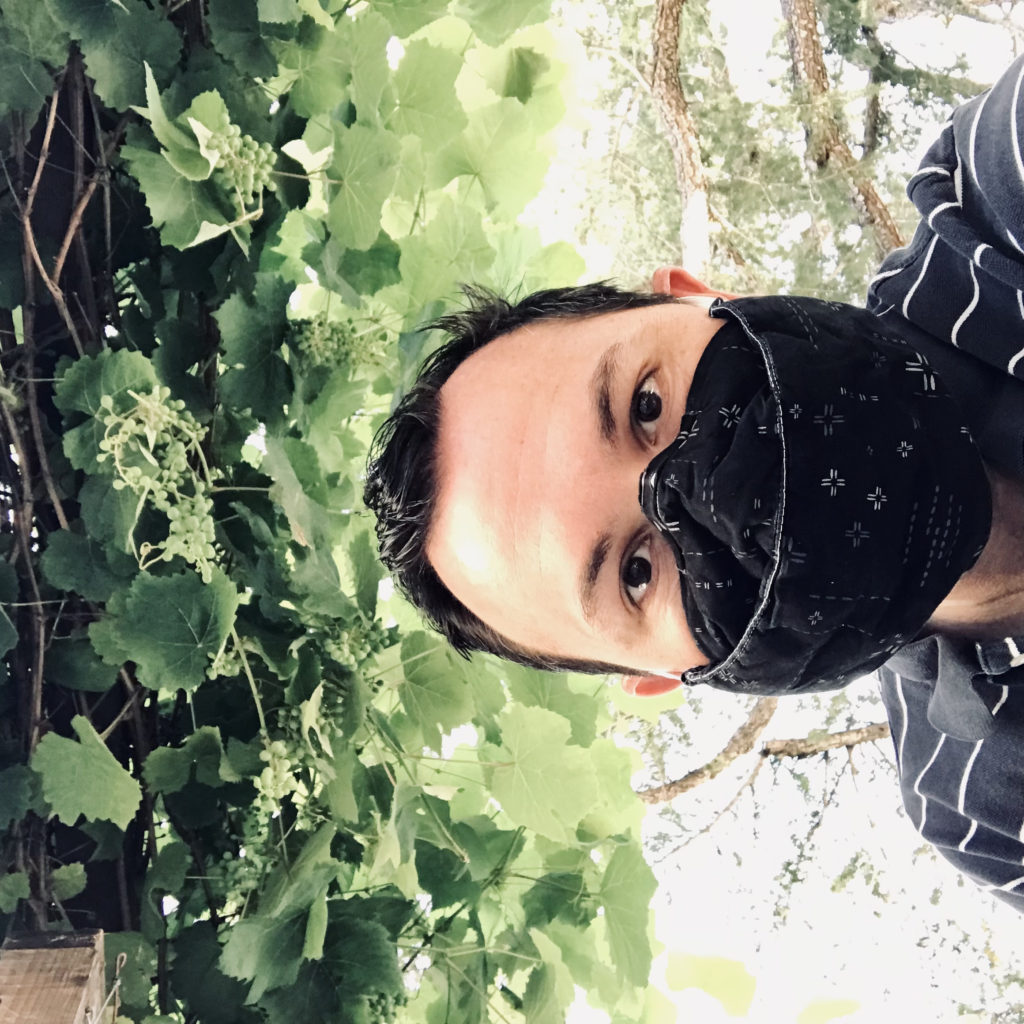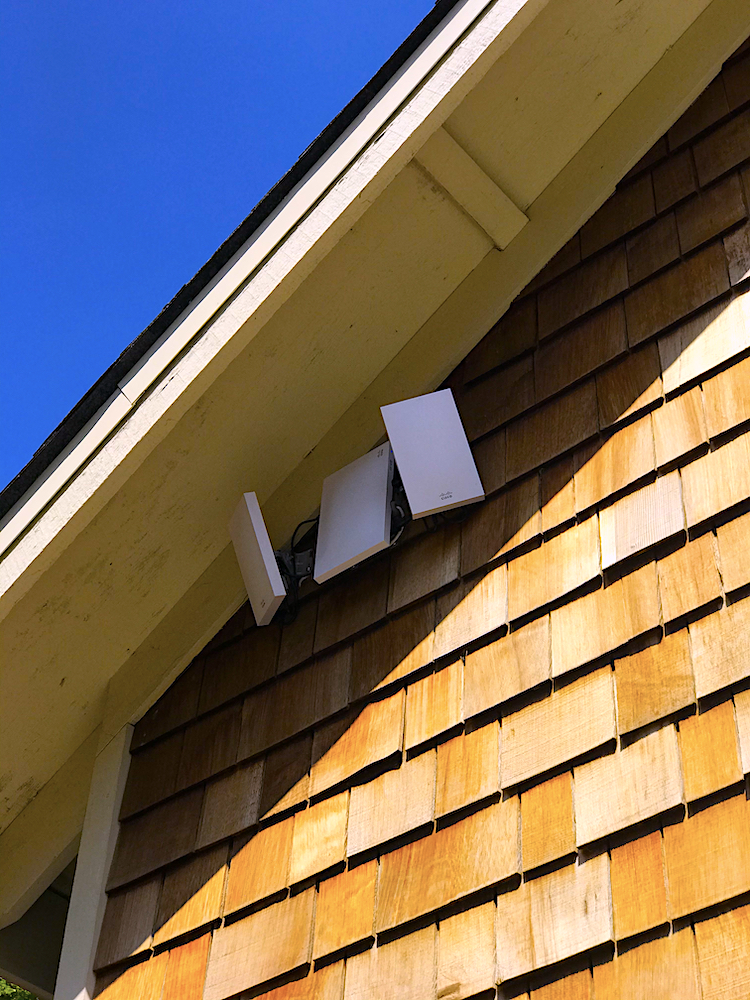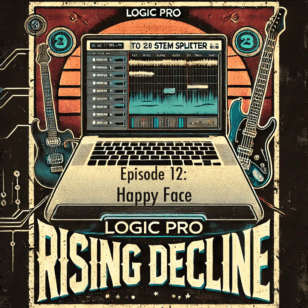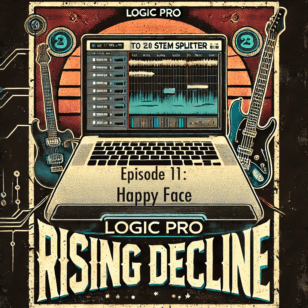This past school year was… different. I like to end the school year with a big year-end reflection. Previously, I’d write about each of my professional goals, and how I did and didn’t meet them. Since so much of this past year was driven by the pandemic, I’m taking a different approach to this post.

The COVID-19 pandemic impacted every aspect of my work at Hillbrook in this past year. It’s hard to overstate how much of a role this played in the past year. In past years, my year-end writing is looking at my yearly goals and reflecting on them. This year, I’ll be reflecting on what I learned as a school leader during impossible moments, and lessons I learned.
I knew people were going to rely on technology significantly more than before, but I wasn’t prepared for just how profoundly this shift would be. Regardless of the learning mode–everyone remote, or some in-person and some remote–dependable technology was critical for just about every person during just about every moment of the school day.
The biggest lessons I learned this past year were about creating systems. Dealing with every issue individually would have been disastrous for a tech team of two; as much as possible, we worked ahead to build a system that could support hundreds of people at once. This feels like the right time to give Emily Hendricks a shout out–her consistent, hard work and extreme dependability were a prodigious part of why this school year was a success.
Zendesk was the most significant change this past year. We previously used MyTechDesk, email, chat, and text to receive support requests. Switching to Zendesk for support streamlined that process, and added several efficiencies to our workflows. Things as simple as assigning tickets reduced duplicated efforts–too many times in the past, Emily and I would receive an email with a tech problem, and I would work for a while (5-45 minutes) on a solution. Then, as I got ready to send the email, I would receive a reply from Emily who had also been working on the same issue at the same time. Using a system to manage requests quickly resolved those issues. We also created a Help Center with articles (text and video tutorials) that walked people through common problems. Help Center articles could be easily linked to responses in active tickets, speeding up response time. On that same Help Center page, you’ll notice a little Chat button at the bottom. Designed with substitute teachers in mind, but also available to all, we were available on mobile and desktop devices at any time whenever someone had an urgent question. We resolved 1200 tickets in the past year with a 97% satisfaction rating. 😎
I was expecting to support faculty, staff, students, and parents this year. But I was surprised at how much of my day was spent supporting subs. I blocked off “sub duty” every morning to meet with subs as-needed, and ensure they had access to all the credentials needed. Again, creating systems to make this as frictionless as possible was critical to make sure the year ran smoothly. We had six identical laptops available for sub use. Each one was logged into five Google accounts–one for each middle school grade, and one for lower school. Sub just needed to click on Profiles (formerly People) at the top of the Chrome menu bar, and they would automatically be logged into that Google account; additionally, each profile opened with all pertinent information in tabs: schedule for that grade, Google Classroom, duties spreadsheet, login credentials, etc. We similarly created a dedicated Zoom account for each MS grade, and one for each LS grade, and added these accounts as Alternate Hosts to every recurring meeting schoolwide. This way, a sub could log into Zoom, and begin any meeting for that grade as Host; they also had access to both Seesaw and Google Classroom, enabling them to quickly and securely have Teacher-level access to our platforms.

We added 18 outdoor wireless access points to provide connectivity through most of our campus. This is a 50% increase in our total amount of access points! Most learning happened outdoors this year, and having fast, reliable wifi was a critical part of that, particularly since a good amount of time was spent on video calls connecting with teachers and classmates. We also increased our school’s bandwidth from 500 mb/s to 1 gb/s. Just a few years ago, our total bandwidth was 70 mb/s, effectively bringing a 10x increase to upload and download speeds. Knowing that many people–students, teachers, and staff–would be spending considerable amounts of time on video calls, we needed about this size of pipe to support that amount of HD video calls (fun fact: you can do the math yourself–assume 5 mb/s per user, and multiply that by the total number of expected calls!). While this did not solve all the wifi issues, it both prevented bottleneck issues and provided supremely fast wifi in most cases. This is a good example of tech becoming invisible when it’s done well–few people likely noticed the increased upload speed, but it took quite a bit of work far ahead of time to ensure we had sufficient bandwidth.
We created two Google Sites full of resources. The first site Teaching with Tech, intended for faculty, included resources, tutorials, one-pagers, and tips for effectively integrating these tools into lessons. The site was organized into three sections–(1) Student Platforms: Seesaw, Google Classroom, Google Meet, Apple Schoolwork, Apple Clips, Flipgrid, and Flocabulary; (2) Professional Learning: HARP (Hybrid Asynchronous Remote Pedagogy), Virtual Teaching, Meeting Owl, Seesaw Training, Apple Teacher Certification, Google Certified Educator, iPad and iOS, New Employee Orientation, EduProtocols, Slack App, and Ed Tech Conferences; and (3) Account Management: Accounts and Passwords, and Apple School Manager (Managed Apple IDs). The primary goal of this site was to create just-in-time learning for faculty–we knew that teaching every single platform with all the details in August would be overwhelming for teachers. Instead, we created these resources so that faculty could revisit as needed. Shoutout to Heather Stinnett, who helped create HARP lessons, and who also brought general ed tech awesomeness to this resource. It also became a great resource for sharing when teachers needed tech support (a ready-to-go tutorial!).
The second Google Site Technology at Hillbrook, intended for parents, included tutorials for onboarding during fully remote learning. It also included a page dedicated to each lower school schedule. Being a lower school parent myself, I found that most of the group texting was around finding the right link for the right class at the right time. These schedules, embedded on this page, solved that problem, and made it significantly easier for parents to help their young learners.
One notable page on the Teaching with Tech page was the New Employee Orientation page. Designed for the August orientation, this page had resources we created for onboarding to the major platforms at Hillbrook. Again, knowing that we needed to cover a massive amount of information in great detail, a website with walkthroughs would be an evergreen resource for new employees. The big and unexpected win was how useful this page was throughout the year. We had several long-term subs, and some mid-year hires, and they needed onboarding with tech! This site provided a resource to share before meeting with new employees, making our time together significantly more productive and cheerful.
Among so many nascent workflows, my proudest accomplishment was Flag. Every Monday morning, our entire community got together on Zoom, as a webinar, and we spent time together. We still recited the pledge, had announcements, and told jokes. A true joy was seeing how we organically infused more student voice into Flag on Zoom. It was a testament to the power of video to communicate, persuade, and connect people. It was a testament to the leadership that our students developed. It was a place where, despite being in separate buildings and houses, we still could come together.
Conversely, this past year and a half was really isolating. Even though I spent my entire day working with people–on video calls, email, Zendesk, or Slack–being secluded was a new way of working. It was a challenge to stay connected to colleagues and students, particularly since our goal as a society shifted to staying away from each other. That led to a significant shift in my daily work, where I spent a bulk of each day on Zendesk supporting people. This work was the cornerstone of all other work, and I was more than willing to put in the time to support everyone, but it is definitely a task that drains, not fills, my bucket.
Looking ahead to next school year, I am focused on refining existing systems. So many of our new systems, workflows, and resources were critical in the success of the past year. This is an opportunity to focus on what worked well, to further develop it, and to update it. I am also looking ahead to upgrading our Outdoor Stage. At some point, we will return to in-person Flag, and I want to ensure that so many of the positive changes like student-created videos can remain a part of ritual. Playing videos outside is exceedingly complicated. After quite a bit of work, it looks like we will be moving to a large 86” TV that will be wheeled out for each Flag. Along with the visual upgrade, we are looking at upgrading the outdoor sound system. By design, the original system was built to limit sound to the concrete tiers comprising the amphitheater. For some time, we’ve used the space in a much different way than intended, with adults standing far behind the formal amphitheater space. By adding two additional speakers onto a new, taller pole to the back row, we hope to lengthen the amplified space without adding a significant cost to redesign the system. We will also be adding a small mixing board and a wireless guitar rig just below the TV to both (1) run multiple audio signals to the amphitheater, and (2) run sound wirelessly to a laptop running the livestream in the back on the outdoor stage area. In true Hillbrook fashion, we’ll make a few changes, test it out, and revise again based on feedback.
On a more personal note, I am looking forward to continue to grow as an anti-racist educator. I deeply appreciate our school’s commitment to DEIJ, and value the time I’ve spent in affinity spaces, in our DEI cohorts, and in the employee DEI taskforce. I plan to continue collaborating with our DEI Director Gulliver LaValle as our school continues this work. I’m also excited to continue learning from colleagues on social media, and continue to find other leaders in this space through her work. I’m also just begin working with a leadership coach. Aimee Giles reached out sharing that she’s begun her work as a leadership coach; I can see the value of having a thought-partner to walk alongside me on this journey, as well as challenge me.
I’m also looking forward to getting back to blogging, podcasting, and social media in general. These past 18 months have left me feeling profoundly uncreative and uninspired, and I feel the creativity slowly oozing back into my soul. It’s an understatement to say that this year was a year like no other. It was harder than I ever dreamed it could be. But, it was, and that’s ok. Thanks for reading, and stay safe.


